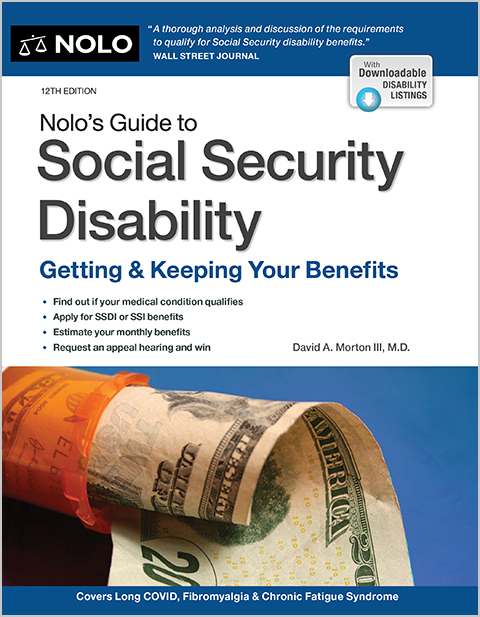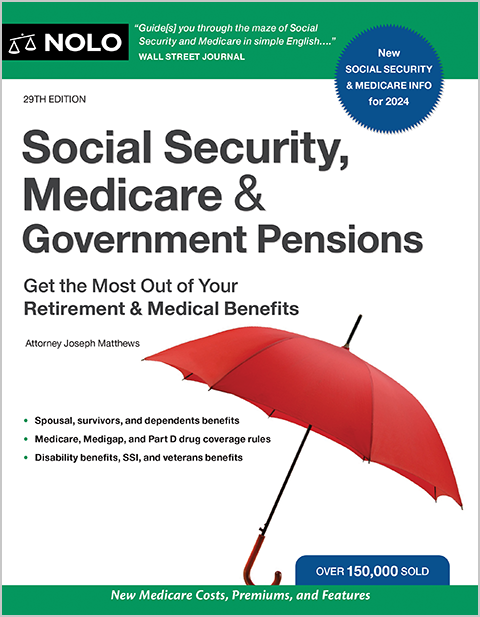Most Social Security recipients are protected from having their monthly check lowered due to rising Medicare Part B premiums. This hold harmless rule helps people who receive modest Social Security benefits.
The federal government has a special rule for Social Security recipients, called the "hold harmless rule," that protects Social Security recipients from having their payments decrease from one year to the next because of an increase in the Medicare Part B premium. (Medicare Part B pays for outpatient services like doctor visits, outpatient treatments, and medical equipment. Medicare Part B is optional, but most Medicare recipients opt to receive Part B.)
The hold harmless rule applies to many, but not all, Social Security recipients. Most people who receive Social Security retirement or disability benefits and are enrolled in Medicare Part B are eligible for protection under this rule. Whether this rule comes into play in a particular year depends on the amount of COLA and the Medicare Part B premium increase. The hold harmless rule is expected to help a small percentage of people in 2025.
How Much Is Social Security's COLA?
Whether the hold harmless rule is needed in a particular year depends partly on the COLA for that year. Every year, the Social Security Administration (SSA) makes an annual cost of living adjustment (COLA) to its retirement and disability payments to keep pace with inflation. The idea is to give Social Security recipients enough money so that they can afford higher consumer prices.
The SSA calculates COLA every year based on the difference in the consumer price index (CPI) from the end of the third quarter of one year to the next. COLA usually causes Social Security checks to go up, but when consumer prices drop, the COLA is lower or drops to zero.
For 2025 payments, the COLA is 2.5%. For 2024, the COLA was 3.2%. But a few years ago, there were some years with low or no COLAs.
How Much Is the Medicare Part B Premium in 2025?
Medicare premiums usually rise every year. In 2025, the Part B premium is going up about $10, to $185 per month.
Some people who have high incomes (or whose spouses have high incomes) also have to pay a supplement for Part B coverage. The supplement is called the Income Related Monthly Adjustment Amount (IRMAA) and has to be paid by individuals with an adjusted gross income of $106,000, or $212,000 for a married couple.
When Does the Hold Harmless Rule Take Effect?
When there's an increase to the Medicare Part B premium and a low COLA, the hold harmless rule helps many people. When the Medicare premium rises without the COLA keeping pace, Social Security recipients might have a reduction in their Social Security check to pay for the increased Medicare premium. Fortunately, the hold harmless rule prevents that from happening for most Social Security recipients.
The hold harmless rule only applies to Social Security recipients who have their Part B premiums automatically deducted from their Social Security payments every month (but the vast majority of Medicare recipients do).
The COLA in 2025 will likely cover the 2025 increase in the Part B premium for most people. But if you receive a small monthly Social Security retirement or disability benefit (about $400 or less), the hold harmless rule will kick in to protect your Social Security check from decreasing by a few dollars.
Who Does the Hold Harmless Rule Protect?
The hold harmless rule applies to all Social Security recipients except the following:
- Social Security recipients who don't get the Part B premium taken out of their Social Security checks
- individuals who are enrolled in Medicare for the first year
- low-income Medicare recipients whose Part B premiums are paid by their state Medicaid agencies, and
- wealthy Social Security recipients who have to pay the supplement for Part B coverage.
Also note that the hold harmless rule doesn't apply to the Medicare Part D (prescription drug) premium, only to the Part B premium. Learn more about the 2025 Medicare premiums, deductibles, and copays.


